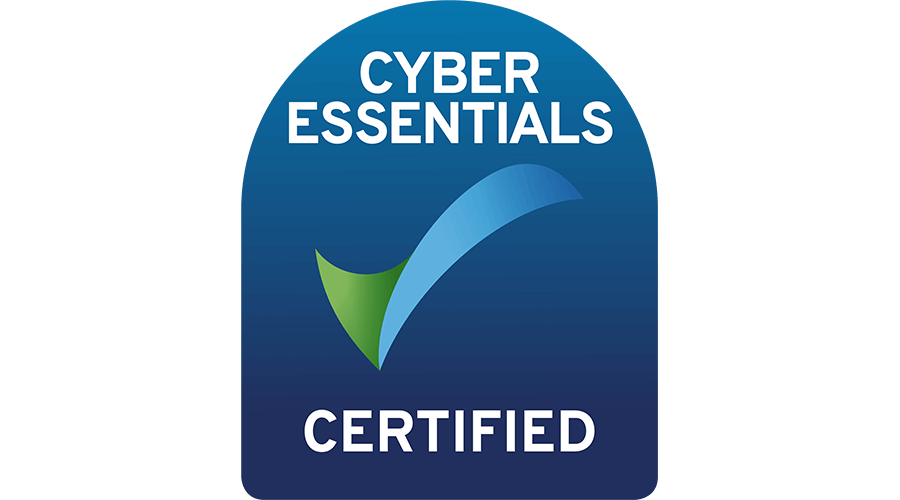Community Housing Cymru and Cymorth Cymru have published a very useful guide to the different types of housing and care settings in Wales.
There are many types of housing with care and/or support available in Wales, allowing choice for residents with diverse needs and preferences. The language and terminology used to describe such housing and accommodation can lack clarity, with some terms being used interchangeably.
This was highlighted during the COVID-19 pandemic, when a huge amount of guidance relating to these settings was being produced at pace. It has become evident that there are not widely understood shared definitions that enable officials and stakeholders to distinguish between the different types of provision, which sometimes results in confusion about how guidance should apply to each setting.
Community Housing Cymru and Cymorth Cymru have produced this guide to try and address this challenge, and to support informed decisions on the application of public health and coronavirus policy on a range of supported accommodation where care and/or support are provided. The goal is that all stakeholders can be confident and clear when discussing these types of housing and support.
Housing and care setting explained
‘Housing & Care: Defining settings’ (PDF) covers:
- Supported Living
- Shared Lives
- Sheltered Housing
- Extra Care Housing
- Abbeyfield model
- Close Care Housing
- Hostels
- Refuges
- Other types of Supported Accommodation
- Historic Models
- Floating Support
- Housing First
- Temporary Accommodation
- Specified Accommodation
In the introduction the guide notes that:
- The terms ‘supported accommodation’ and ‘supported housing’ can be used interchangeably, and both may appear in this guide
- The guide does:
– refer to accommodation and the registered care and housing related support services that are sometimes delivered in these settings
– seek to help demystify and distinguish between settings and services, indicating typical features of each setting
– include a number of appendices for your reference
– indicate where the Renting Homes (Wales) Act 2016 (RH(W)A), when implemented, will affect some accommodation types in this document. - The guide does not :
– aim to provide conclusive definitions for all settings and services
– include care services registered with Care Inspectorate Wales (CIW), such as residential care and domiciliary care, as these are broadly well understood. - The diagrams in the guide show, in two different ways, the broad categories of care and support and how they interact. The diagrams are not (and cannot be) exhaustive or comprehensive, as they are illustrating two separate systems that operate in different ways. People in ‘care’ can access support, and people in ‘support’ can also receive care. Any person in any setting may in theory be in receipt of domiciliary care or floating support.
Download ‘Housing & Care: Defining settings’ in English here (PDF).
Lawrlwythwch ‘Tai a Gofal: Diffinio sefydliadau’ yn Gymraeg yma (PDF).



 >
>
 >
>
